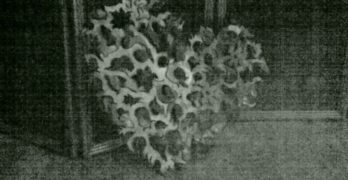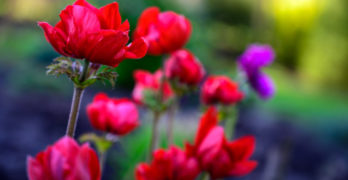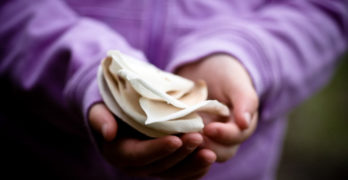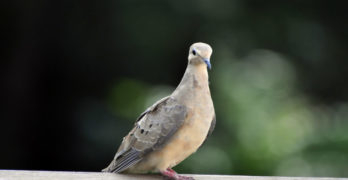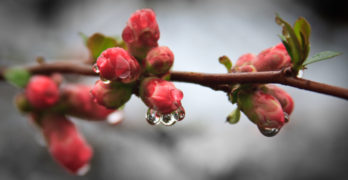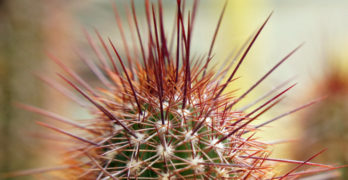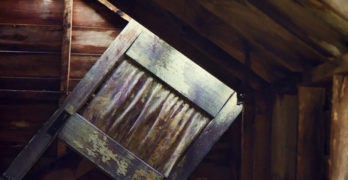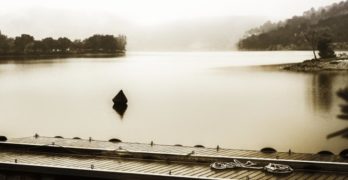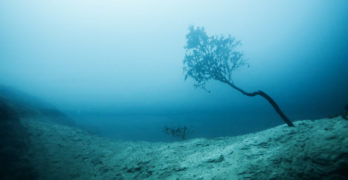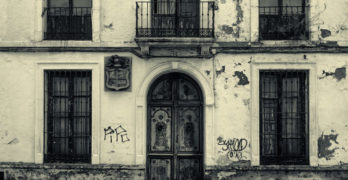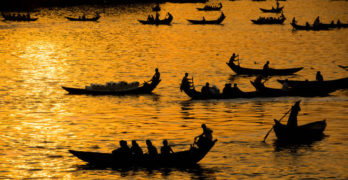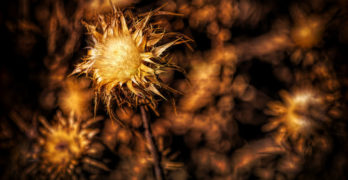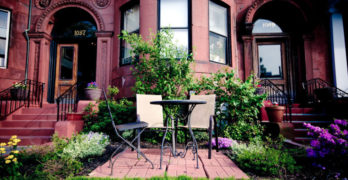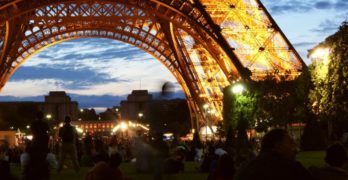“Rain and Embers” by Ali Nuri is a poetry collection telling a story of flight, a refugee camp, and new existence where past and present are never separate.
“The Heart’s Necessities”: A Death, a Song, a Poem, and a Book
“The Heart’s Necessities” brings together the poetry and life story of Jane Tyson Clement and the music of Becca Stevens.
Between Friends: The Making of a Heroine
In this excerpt from Romeo & Juliet (the full play—includes essays and annotations by Callie Feyen), Feyen talks about finding yourself in a story, even when you’re not sure you want to.
A Resource for Fiction Writers and Poets: “The Art of the Essay” — What?
“The Art of the Essay” by Charity Singleton Craig is not only for nonfiction writers; novelists and poets can benefit from it as well.
“The Art of the Essay” by Charity Singleton Craig
“The Art of the Essay” by Charity Singleton Craig is written to writers by a writer who loves what she does and wants other writers to love (and be better at) what they do.
Reader, Come Home: “Evvie Drake Starts Over”
Come learn the secrets of being a deep reader with author Megan Willome. And share your July pages for our monthly Reader, Come Home column.
At Home With Books: A Dark and Stormy Night
A crack of thunder starts a reading journey through Chicka Chicka Boom Boom and A Wrinkle in Time. Join Deva Curnutte on a dark and stormy night at home with books.
Poets and Poems: Ollie Bowen and “On the Occasion of a Wedding”
“On the Occasion of a Wedding,” the debut collection by poet Ollie Bowen, celebrates various kinds of love shared by two people.
Poets and Poems: Matt Duggan and “Woodworm”
The 60 poems of “Woodworm” by Matt Duggan are speaking to us to be more aware of the havoc being wreaked by the worms of our society.
Poets and Poems: Chad Abushanab and “The Last Visit”
“The Last Visit,” the debut collection by poet Chad Abushanab, explores the pain and brokenness of growing up in the family of an alcoholic.
Poets and Poems: Rachael Allen and “Kingdomland”
The poems of “Kingdomland” by Rachael Allen depict a strange landscape, one that is both unfamiliar and oddly recognizable.
Poets and Poems: Incognito and “Paradox”
“Paradox” by the poet Incognito forces the reader to focus on the poems themselves by stripping away the identity of the poet.
Poets and Poems: Ilya Kaminsky and “Deaf Republic”
In his new collection “Deaf Republic,” Ilya Kaminsky combines poetic form and thematic substance to tell a story of oppression and hope.
Poets and Poems: Harry Clifton and “Herod’s Dispensations”
In “Herod’s Dispensations,” poet Harry Clifton considers Herod and his systems of ordering, and then considers the world we know today.
Poets and Poems: Michael Glaser and “The Threshold of Light”
“The Threshold of Light,” a new chapbook by poet Michael Glaser, includes 21 poems filled with light as awareness, knowledge, energy, life, and grace.
Poets and Poems: Chris Dombrowski and “Ragged Anthem”
The 52 poems of “Ragged Anthem” by Chris Dombrowski describe the fragility and impermanence of life, in spite of an individual’s resilience.
Poets and Poems: Shanna Powlus Wheeler and “Evensong for Shadows”
Shanna Powlus Wheeler’s first full poetry collection, “Evensong for Shadows,” suggests the omnipresence of grief — a measure of the loss of love or happiness or relationship, and very much a part of life.
Horace Traubel and the Final Words of Walt Whitman
Thanks to Horace Traubel, we know much about Walt Whitman’s last years, Brenda WIneapple says in “Walt Whitman Speaks.”
The 2019 Pulitzer Prize for Poetry: “Be With” by Forrest Gander
“Be With” by Forrest Gander won the 2019 Pulitzer Prize for Poetry. The quietly stunning collection stimulates reflection and introspection on every page.
Travel and Love: The Poetry of Catharine Savage Brosman
The poetry of Catharine Savage Brosman, especially in her later collections, is about travel, and the love she has for her “then and now again” husband.

